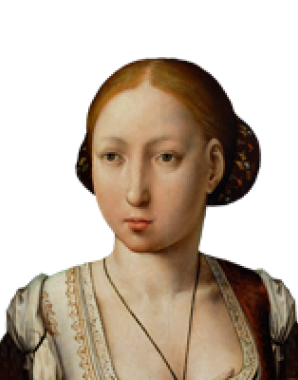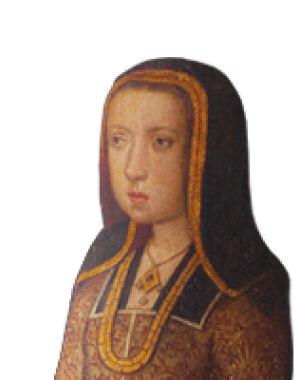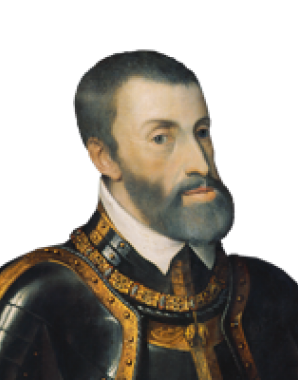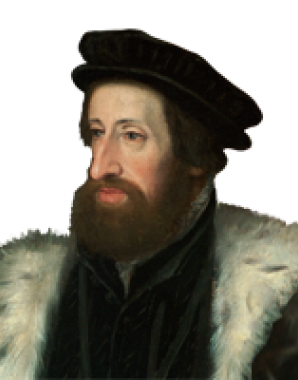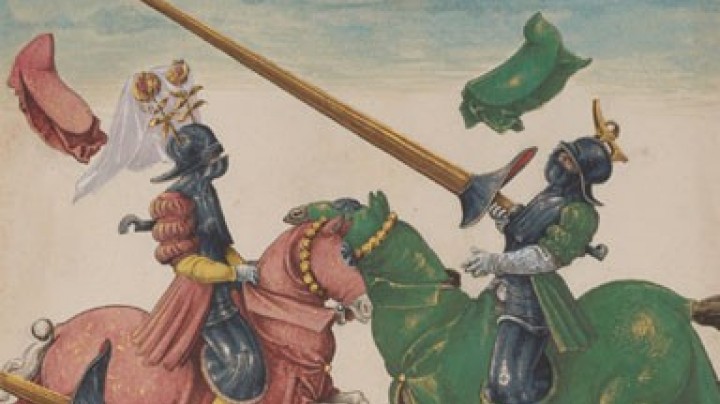Philip I: the Habsburgs reach out for the Spanish crown
In 1495 Philip became part of the marriage scheme devised by his father that was to have such decisive consequences for the dynasty.
For some time Maximilian I had been engaged in negotiations for a double wedding between his children, Philip and Margaret, and the heirs to the crowns of Castile and Aragon, John and Joan, the offspring of the Catholic Kings, Isabella of Castile and Ferdinand of Aragon.
The political background to these proposed dynastic unions was an alliance between the Habsburgs and the prevailing power on the Iberian peninsula against France, whose royal family had been asserting hereditary claims to the Burgundian territories that had been under Habsburg rule since Maximilian’s marriage to Mary of Burgundy. This marked the beginning of the ‘hereditary enmity’ between France and the Habsburg dynasty.
In 1496 these marital unions were realized. A series of sudden deaths increased Habsburg prospects of acquiring the Spanish throne: within just a few years the heir to the throne, Crown Prince John, his son and another sister all died unexpectedly, with the result that Joan became the sole heiress to the united crowns of Spain, which was on the verge of becoming a Great Power. In addition to the territories on the Iberian peninsula, the Spanish empire also extended to southern Italy (Sardinia, Naples and Sicily) and the recently discovered colonies overseas, the importance of which was only now being realized.
As the husband of a royal heiress, Philip found himself in a similar situation in Spain as his father had previously been in the Netherlands. In 1500 a son was born to the couple and baptized Charles. As Emperor Charles V this child was to become the only Habsburg to reign over the entire expanse of the Habsburg dominions.
In 1501 a daughter named Isabella was born to the couple while they were still resident in the Netherlands and before Philip travelled to Spain for the first time in 1502. He left Spain again in 1503 to journey to the Central European ancestral dominions of the Habsburgs, where he met his father at Innsbruck. Maximilian favoured the Tyrolean capital as his residence, as it lay on the main routes between his scattered territories.
Philip returned to Spain in 1506 when news reached him of the death of Joan’s mother, Isabella of Castile. Joan was now queen of Castile, which led to a conflict centring on the position of Joan and Philip in this kingdom. Isabella had brought Castile into her marriage to Ferdinand of Aragon, and the latter also attempted to stake claims to the crown. A rift emerged between the parties to the conflict, exacerbated by the intervention of various foreign powers. Eventually a compromise was agreed: all three individuals involved – Joan, her father Ferdinand and her husband Philip – were to rule jointly over Castile.
Philip made vigorous claim to his share of power, sidelining his father-in-law ruthlessly. In 1506 he succeeded in having himself recognized by the Castilian Estates as ruling consort alongside Joan. This was justified on the grounds that the first signs of Joan’s mental instability had manifested themselves.
However, before Philip was able to establish an enduring power base in Spain he died unexpectedly at the age of only twenty-eight of a fever on 26 September 1506. It is reported that he drank an iced beverage when very hot, leading to a fatal fever. However, rumours that he had been poisoned were rife in his native Netherlands.
Philip was buried in the Capilla Real of Granada Cathedral, which served as the mausoleum of the first rulers of Spain as a whole.



